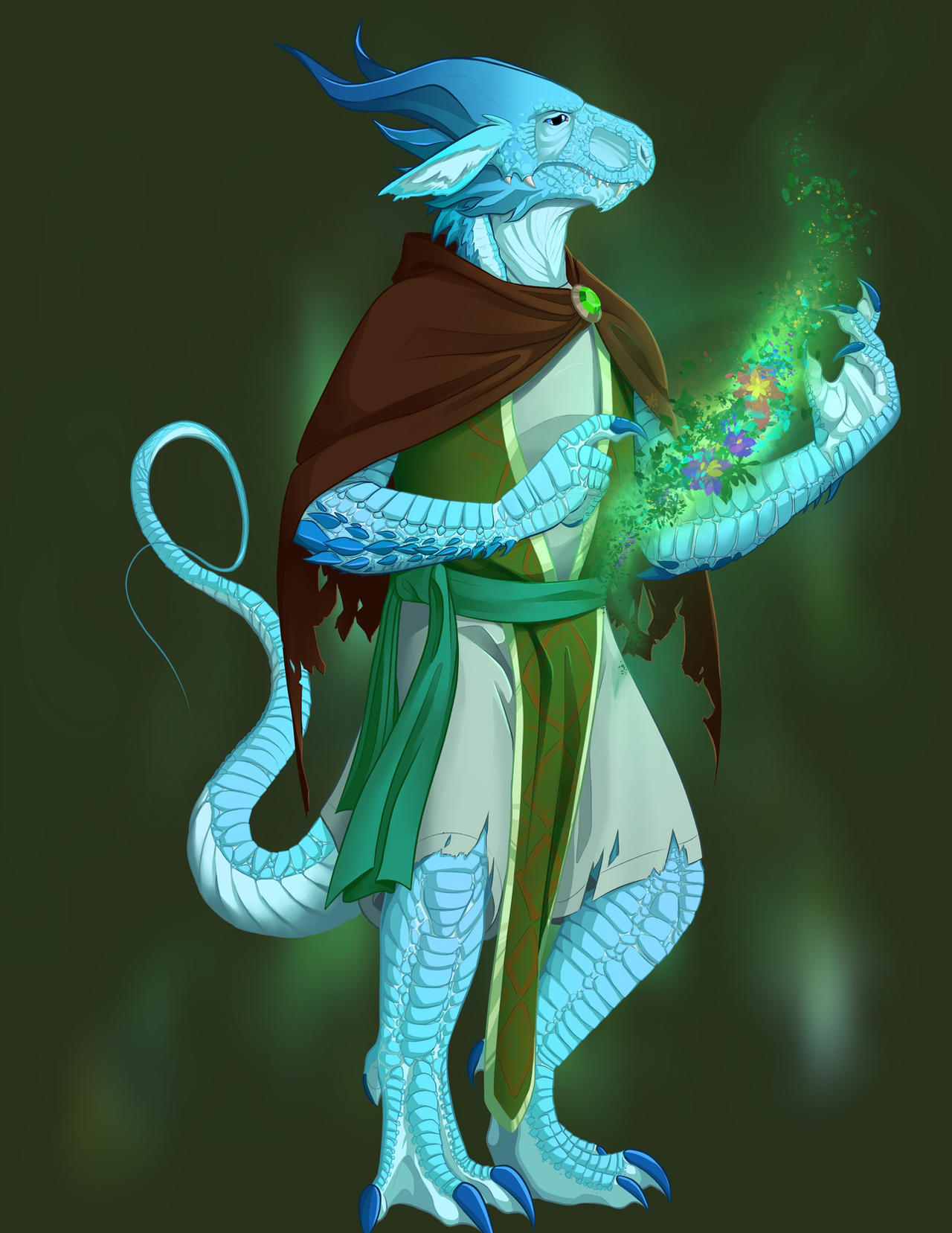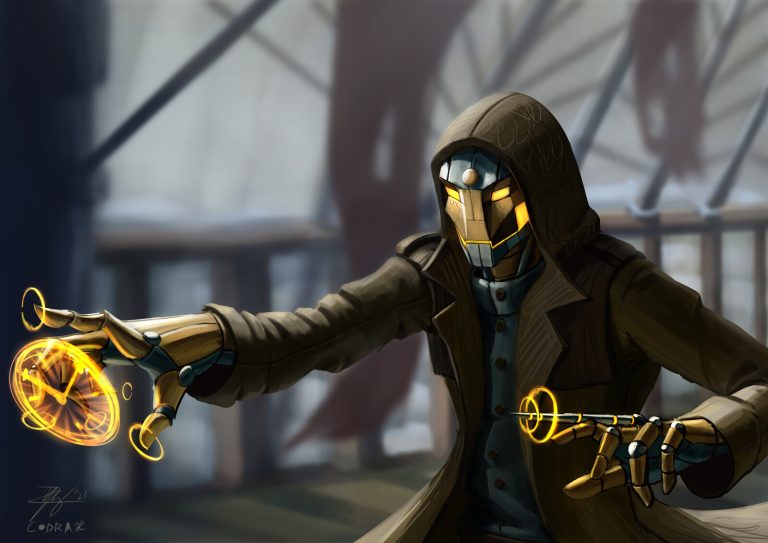D&D 5e: Dragonborn Druid Guide

D&D 5e: Dragonborn Druid Guide
D&D Beyond ran some data collection on its website in 2020 to determine the most popular classes, and druids came out right at the bottom. Are they a bad class? Of course not! In fact, they outshine other classes in a good few areas. Perhaps what makes druids so unpopular is that they don’t fill any particular defined role, leaving that choice up to the player. Let’s take a look at how you might shape a Dragonborn druid into the character you want to play.
The Dragonborn race can be found in the Player’s Handbook OR an updated version can be found in Fizzban’s Treasury of Dragons. Click here to pick up your own copy of the Player’s Handbook or click here to pick up your own copy of Fizzban’s Treasury of Dragons!
The Druid class can be found in the Player’s Handbook. Click here to pick up your own copy of The Player’s Handbook!
How to Make a Dragonborn Druid
Regardless of what sort of Druid you play, using class features and magic is fun and if you want the most use out of yours, you’ll need to prioritize Wisdom as your main stat. After that, you’re free to stat your druid in any direction you choose. That said, we’re going to try to build an optimal Dragonborn druid, and to use the natural strength bonus of the Dragonborn to great effect, we’re going to build a martially focused druid. We’ll prioritize strength after wisdom, and constitution after that to help with concentration spells and to keep ourselves standing. Dexterity next will help with our armor class, and intelligence and charisma afterward.
Druid circles (subclasses) can vary rather wildly, so you have a choice here. If you chose to prioritize your other statistics, consider the Circle of the Moon, which will allow you to shapeshift into beasts that are stronger than you in terms of combat. If you’re looking for utility, consider the Circle of Dreams. The Circle of Spores is a good choice if you prefer not to rely on shapeshifting, whereas the Circle of Stars and Circle of Wildfire focus more on spells. For our martial character, we’ll take The Circle of Spores.
How to Play a Dragonborn Druid
Druids do not like to use metal, so we’ll thematically follow that and use a quarterstaff. Most druids would use the shillelagh cantrip, allowing it to deal 1d8 damage, making it a magic weapon, and allowing them to attack with their spellcasting ability instead of strength. We can get the 1d8 without that by simply wielding it with two hands, saving your bonus action for spells like healing word, flame blade, or grasping vine. For most other druids, however, shillelagh is a fantastic choice.
The druid’s wild shape ability, even if you’ve not made it a focus in your build, should not be taken for granted, as transforming into an animal gives you a fresh pool of hitpoints to expend and often comes with the utility of animal skills your druid might not have themself. Druid spells also tend to be rather unique, only seldomly being acquired by other classes, so be sure to look for opportunities to use yours.
How to Roleplay as a Dragonborn Druid
Many people I’ve observed creating druids tend to talk about them as if they all need to be outcasts of society, shunning civilization in favor of the wilds. The truth is, the Player Handbook casts druids as those who maintain balance. While they do share a bond with nature, it isn’t always to the exclusion of all else. Talk to your DM about the druidic nature of avoiding metal, which has little bearing on the game and is based on real-world folklore, and discern if you want your druid to care about that or not. Consider how your character became a druid, what was their life like before? Do they still have any connections to it? As a Dragonborn, do you serve the lands owned by your clan, or have you departed them to serve some greater purpose?









